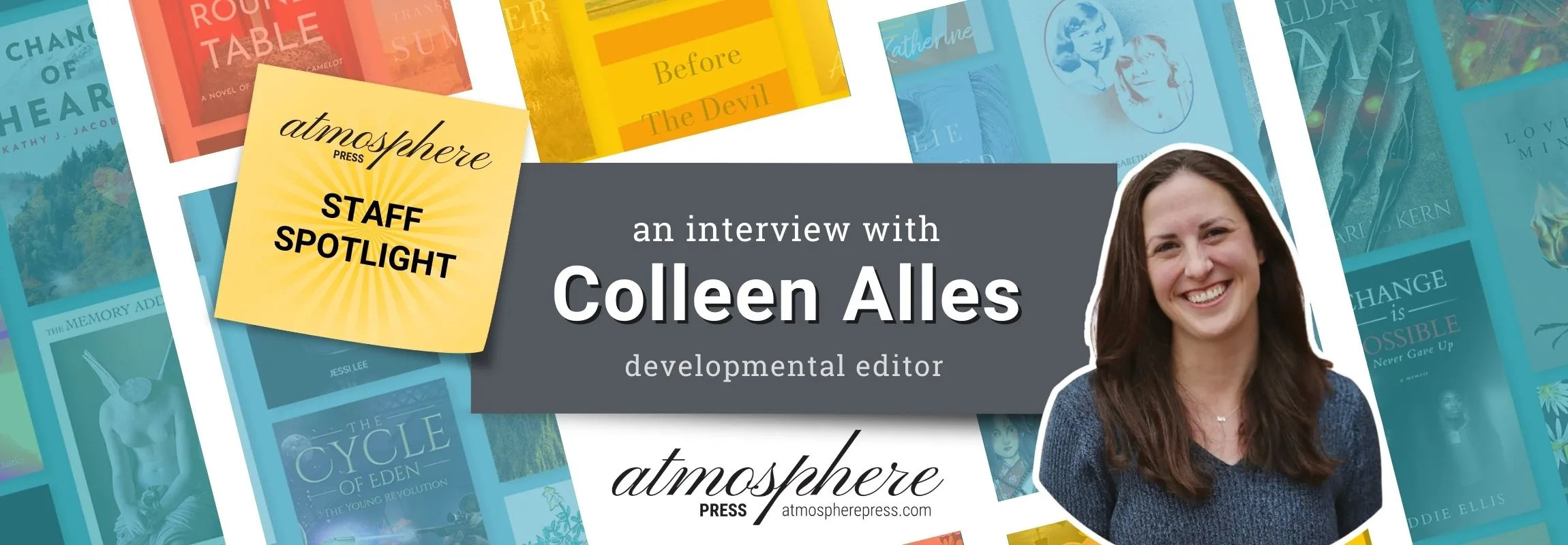This guide will show you how to punctuate dialogue clearly and confidently. We’ll cover the essential rules, common mistakes to avoid, and advanced scenarios. By the end, you’ll know exactly how to make your dialogue read smoothly and professionally!
Advice
for Writers
Advice
for Writers
AI Training and Author Rights
AI training and author rights have become one of the most urgent issues in modern publishing. As artificial intelligence systems become increasingly capable of writing, summarizing, and even mimicking human style, authors are asking: Where did these models get their data — and was it used with permission? The recent Anthropic settlement highlighted that copyrighted books have sometimes been used to train large language models (LLMs) without the authors’ consent.
Horror novels have a way of ensnaring readers, eliciting spine-tingling chills, and leaving them sleepless long after the final page. But how do you go about writing a horror novel that does justice to the genre? In this guide, I'll walk you through the essential steps and key elements that will help you craft a gripping horror masterpiece.
Mystery novels have a unique allure, drawing readers into a web of intrigue, suspense, and thrilling surprises. As a writer who has ventured into the realm of mystery fiction, I understand the art of crafting a compelling mystery that keeps readers eagerly turning the pages. In this comprehensive guide, I'll share the essential steps, techniques, and insights you need to write a gripping mystery novel that will leave your audience craving for more. Let's dive into the intricate world of mystery writing, starting with the foundations:
Why Have an Acquisitions Call (and How to Prepare for Yours)
Meeting one-on-one with an Acquisitions Editor (AE) is an exciting opportunity for you to learn about the publishing process and to ask whatever questions you have. Publication is a long-term partnership, and this call is how we determine whether teaming up on your book is the right fit for both sides. It's the final step of our acceptance process.
Scams Targeting Writers & How to Protect Yourself
Authors around the world are facing an alarming rise in scams designed to exploit their passion for writing. From vanity presses demanding upfront fees to fraudulent literary agents and fake review services, unscrupulous actors are constantly finding new ways to target writers. Recent waves even include AI-generated emails that mimic personalized pitches based on your book’s description, making author scams harder to spot.
10 Common Writing Challenges and How to Overcome Them
Writing a book is rarely a straight path. Even the most dedicated authors encounter moments of doubt, distraction, and frustration. Perhaps the story refuses to flow, or the outline feels tangled, or motivation simply wanes mid-project… These writing challenges are not signs of failure—they are part of the writing process itself!
Atmosphere Press Staff Spotlight: Colleen Alles
Colleen Alles is a writer, former librarian & teacher, and Michigan girl for life. She earned her bachelor’s degree in English from Michigan State University (2005) and her MLIS from Wayne State University (2015). Her fiction and poetry have appeared in Red Cedar Review, Tar River Poetry, The Write Michigan Anthology, The Michigan Poet, and other places. Her fiction has been longlisted for The Fugere Book Prize for Finely Crafted Novellas in 2023 (Regal House Publishing).
A Collaborative Publishing Model What is hybrid publishing? It’s a collaborative model that combines the best aspects of traditional and self-publishing. Authors …
Atmosphere Press vs. Archway Publishing
If you’re exploring hybrid or self-publishing options, Atmosphere Press vs. Archway Publishing is a comparison worth considering. Both offer alternatives to traditional publishing, but they differ in approach, cost, author experience, and community engagement.










